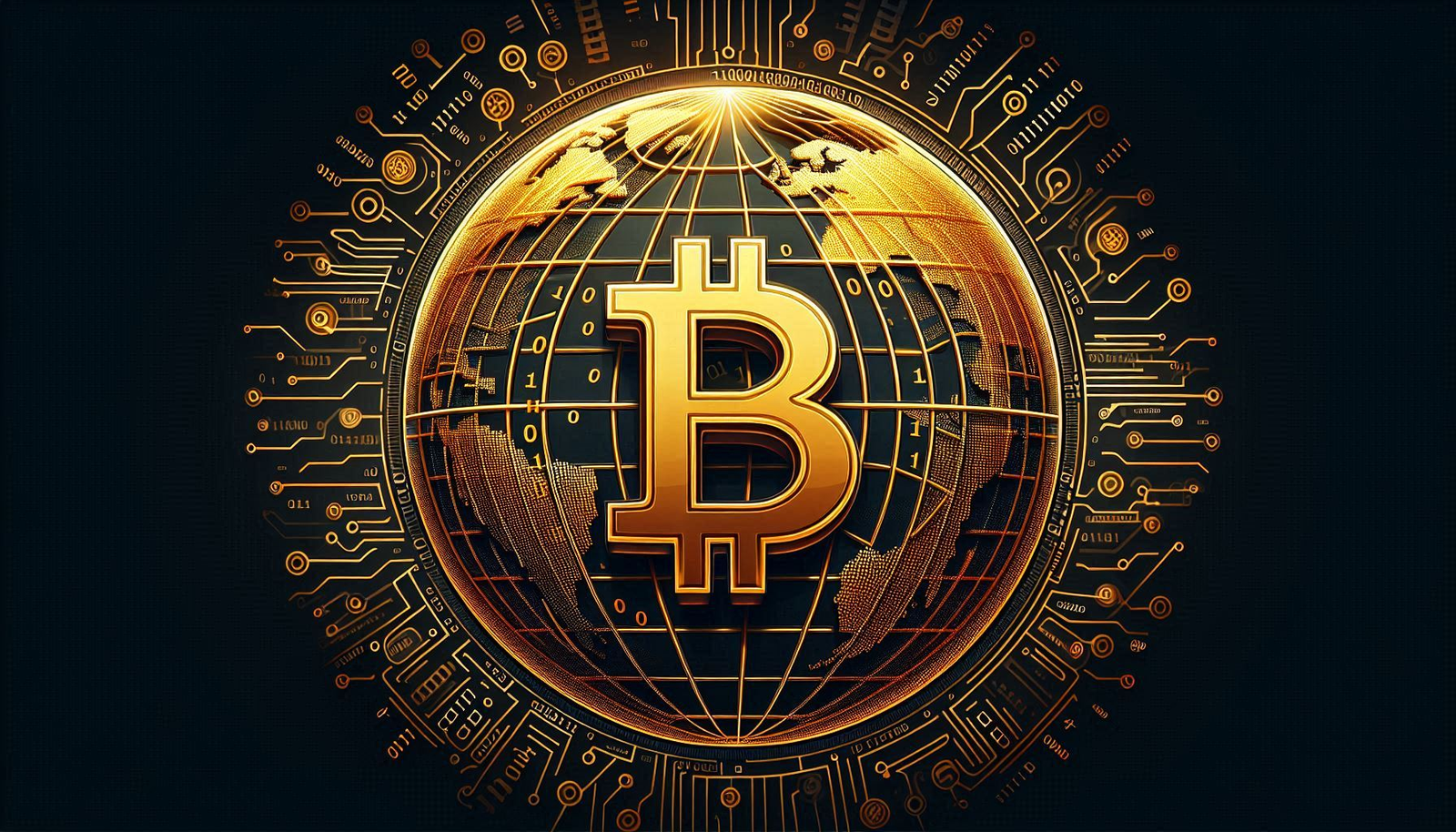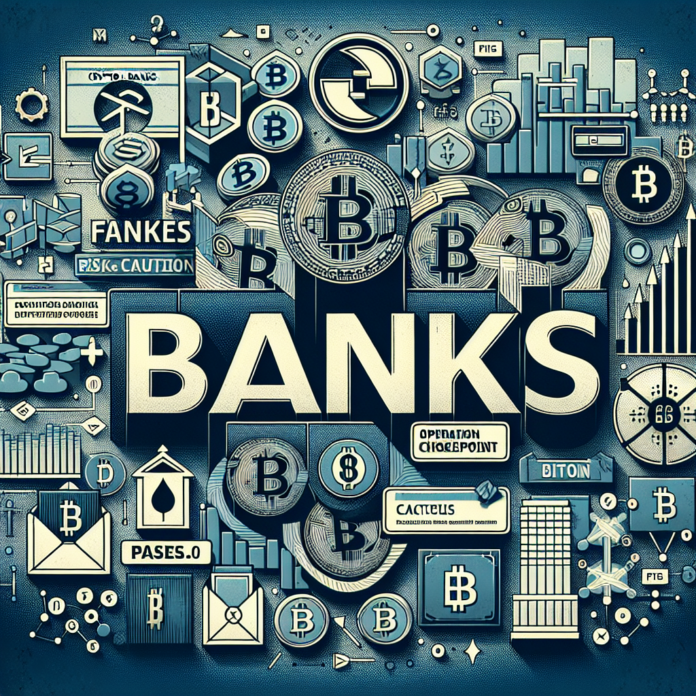Are Crypto Banks In Danger? FDIC Pause Letters Spark Fears Of Operation Chokepoint 2.0 Bitcoinist.com
Are Crypto Banks In Danger? FDIC ‘Pause Letters’ Spark Fears Of Operation Chokepoint 2.0
The burgeoning world of cryptocurrency banks is currently facing a whirlwind of uncertainty as the Federal Deposit Insurance Corporation (FDIC) issues what are being termed “pause letters.” These letters have triggered speculation and fear among industry insiders, drawing parallels to the infamous Operation Chokepoint, a controversial initiative launched in 2013 intended to cut off access to banking services for certain businesses deemed high-risk.
Understanding the FDIC ‘Pause Letters’
The FDIC’s “pause letters” are essentially communications sent to banks with cryptocurrency operations, advising them to halt certain activities. While specifics of these letters are not entirely public, they are generally believed to caution financial institutions against engaging with cryptocurrency companies. This move has raised eyebrows and concerns about the future of crypto banking and its ability to integrate seamlessly with traditional financial systems.
Operation Chokepoint 2.0 Concerns
The term “Operation Chokepoint 2.0” has emerged as a descriptor for the perceived targeting of cryptocurrency businesses by regulatory bodies. Operation Chokepoint, which was initially aimed at industries like payday lending and firearm sales, was criticized for overstepping regulatory bounds and exerting undue pressure on lawful businesses. The fear now is that a similar strategy is being employed to stifle the growth of the cryptocurrency sector by limiting its access to essential banking services.
Impact on the Cryptocurrency Industry
The implications of these pause letters could be far-reaching. Cryptocurrency banks, which play a pivotal role in bridging the gap between digital assets and traditional currencies, might find themselves in precarious positions if they are cut off from conventional financial systems. This could lead to a slowdown in innovation and adoption of cryptocurrencies, as businesses and consumers may face difficulties in conducting transactions and managing assets.
Additionally, a potential regulatory crackdown could deter new entrants into the crypto banking space, stifling competition and innovation. Established players might also reconsider their positions, opting to scale back operations or exit the market altogether to avoid regulatory scrutiny.
Regulatory Clarity Needed
The crypto industry has long called for clear and consistent regulatory guidelines to facilitate growth while ensuring consumer protection and financial stability. The issuance of pause letters without clear explanations adds to the uncertainty and fuels concerns about the future of cryptocurrency banking in the United States.
Industry proponents argue that a balanced approach is required, one that neither stifles innovation nor compromises regulatory standards. They call for open dialogue between regulators and industry stakeholders to establish a framework that supports the growth of digital finance while addressing legitimate regulatory concerns.
Global Implications
The situation in the United States could have global repercussions. As one of the leading markets for cryptocurrencies, regulatory actions in the U.S. often set precedents that influence policies worldwide. Countries observing these developments might adopt similar stances, potentially leading to a domino effect that impacts the global cryptocurrency landscape.
In conclusion, the issuance of FDIC pause letters to crypto banks has ignited fears of a modern-day Operation Chokepoint. The cryptocurrency industry stands at a crossroads, with its future intricately tied to the actions of regulators. As the debate continues, the quest for a harmonious balance between regulation and innovation remains paramount.


